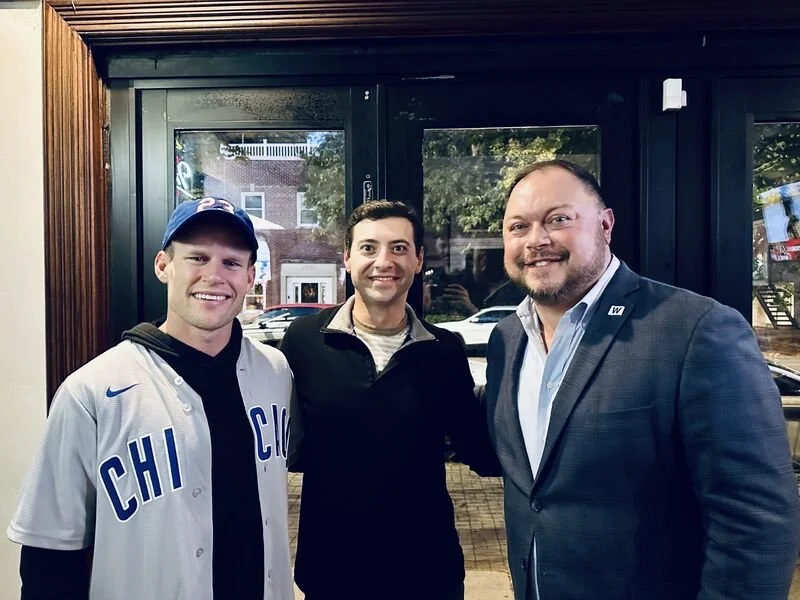Gentle Density Re-Legalized
A Win for Incremental Housing BUT See if Your Ward Needs to Opt In!
On September 25, 2025, the Chicago City Council restored the right to build additional dwelling units (ADUs), including coach houses and conversion units. This change keeps families connected, gives seniors practical ways to age in place, and adds affordable homes in the neighborhoods people love.
Strong Towns Chicago, alongside partner organizations and community advocates, helped turn conversation into policy. We showed up, shared stories, and worked with alderpersons to build support. The result is a clear example of how steady, neighbor-led action strengthens a city one step at a time.
The ADU Comeback: Past, Present, and Future
-
Coach houses and basement apartments were once a Chicago staple, tucked behind two-flats and in garden-level spaces. They offered modest rents, helped families cover mortgages, and gave new arrivals a foothold. Mid-century zoning and stricter codes effectively made building new ADUs illegal, and many existing units slipped off the books.
Why they were restricted and why that was misguided:
Overcrowding: Fear that secondary units would pack lots.
Reality: Modern building and fire codes cap occupancy and require light, ventilation, and safe egress. ADUs are typically studios or one-bedrooms with 1–2 residents.
Parking and traffic: Concern about curb demand and more cars.
Reality: One small unit adds few trips and often zero or one car, especially near transit. Off-street parking mandates raise costs and block projects; curb demand is better managed with permits and pricing.
Neighborhood character: Worry that ADUs would change single-family areas.
Reality: ADUs sit behind primary homes or within existing buildings, follow height and setback rules, and match Chicago’s historic pattern of gentle housing density.
-
ADUs add housing that fits real life. Seniors can age in place in smaller, accessible homes near family. Homeowners can earn extra income or host a caregiver or adult child. Renters gain modest homes close to work, school, and transit.
They strengthen neighborhoods. A few small homes per block support local shops and transit, keep streets lively, and help schools retain enrollment. Gentle density adds choices without large demolitions. Using existing lots and infrastructure keeps costs and disruption lower.
They build household resilience. A backyard apartment can stabilize a mortgage, cushion income swings, and enable multigenerational living with privacy. Legalizing and permitting ADUs brings units into the safety system, encourages quality upgrades, and sets clear rules for owners and tenants.
Bottom line: each small unit adds flexibility, stability, and neighborhood vitality. Chicago grows incrementally, with change shaped by residents and scaled to the block.
-
We are turning our attention to implementation. Clear rules, straightforward permits, and homeowner-friendly guidance can help more Chicagoans consider ADUs. We will continue partnering with neighbors, builders, and policymakers. Our aim is steady, practical progress: ADUs that are easy to create, safe to live in, and welcome on every block.
Near-term focus
Simplify permits with a single checklist and predictable timelines
Share pre-approved plan sets for common lot types
Outline financing paths with local lenders and community development financial institutions (CDFIs)
Next phase
Publish regular updates on permits and completions
Translate materials and expand outreach in more neighborhoods
Make information accessible and easy to follow
Collect feedback and adjust guidance where needed
Longer term
Grow the plan library and partnerships
Encourage small, well-designed projects across the city







